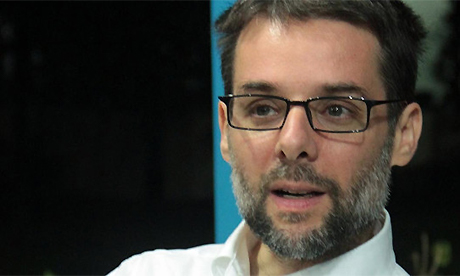The publication of the “testimony” of Archbishop Carlo Maria Viganò, the former Vatican nuncio to the United States, is an unprecedented moment in modern church history—and not just because of his demand that Pope Francis resign.
The eleven-page document, crafted and published by Viganò with the help of sympathetic Catholic journalists while the pope was in Ireland, is motivated by a personal vendetta and enabled by a serious crisis within U.S. Catholicism.
Those familiar with Viganò’s career at the Vatican and in Washington, D.C., were not surprised to see his accusations fall apart upon inspection.
His earlier smear campaign against other members of the Curia, which came to light because of “Vatileaks,” had similarly collapsed.
It is worth noting that the first real pushback from the Vatican came on September 2, when officials challenged Viganò’s account of how he had arranged the private meeting between the pope and Kim Davis in 2015.
Viganò misled Pope Francis about that stunt, and ignored the advice of Cardinal Donald Wuerl and Archbishop Joseph Edward Kurtz, who had both warned him against it.
There is still much we don’t know about how Rome handled information about Cardinal Theodore McCarrick, but at least three things are already clear enough.
Bringing down the pope
First, this was not just an ordinary case of some disgruntled cleric complaining about his former boss; this was a retired papal diplomat trying to bring down the pope.
Operation Viganò has failed in its purpose, and one hopes that its failure will give Francis the strength he needs to deal with the American abuse crisis the way he finally dealt with the crisis in Chile.
Vigano backfires
Second, the attempt to turn the anger of American Catholics, anger at the revelations involving former cardinal Theodore McCarrick, toward Pope Francis personally has not only failed but backfired.
It has led, not very surprisingly, to a reconsideration of the role the two previous popes played in keeping McCarrick’s misconduct a secret.
Francis is the first pope who not only took public action against McCarrick, but has also “accepted” the resignation of a number of bishops guilty of covering up for sexually abusive priests.
It took less than a week—between August 26 and September 1—for journalists to begin filling in the real picture behind Viganò’s “testimony”: if a sexual abuser was allowed to become cardinal archbishop of Washington, D.C., it was because of what the whole ecclesiastical system under the papacies of John Paul II and Benedict XVI did and failed to do.
Full picture
Third, it’s been clear from the start of this episode that it will take a long time to get to the bottom of what really happened.
It is naïve to imagine that there is just oneMcCarrick dossier locked up in some filing cabinet in the Vatican, or even that everything is on a piece of paper somewhere.
The “bishops’ factory” has always been, at least in the second millennium, a mix of bureaucracy, social mobility, and informal networks.
The Vatican has never been a totally bureaucratic system, and not everything is written down. Continue reading
- Massimo Faggioli is a Church historian, Professor of Theology and Religious Studies at Villanova University and contributing writer to Commonweal magazine.
- Image: Ferrara Italy
